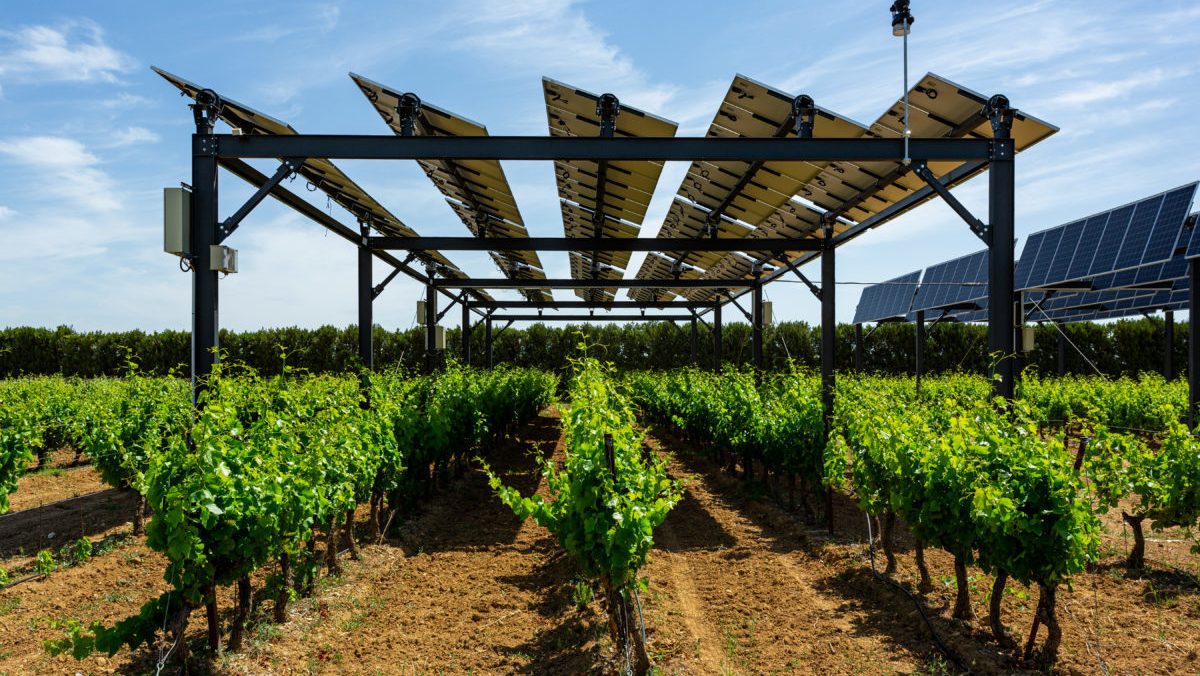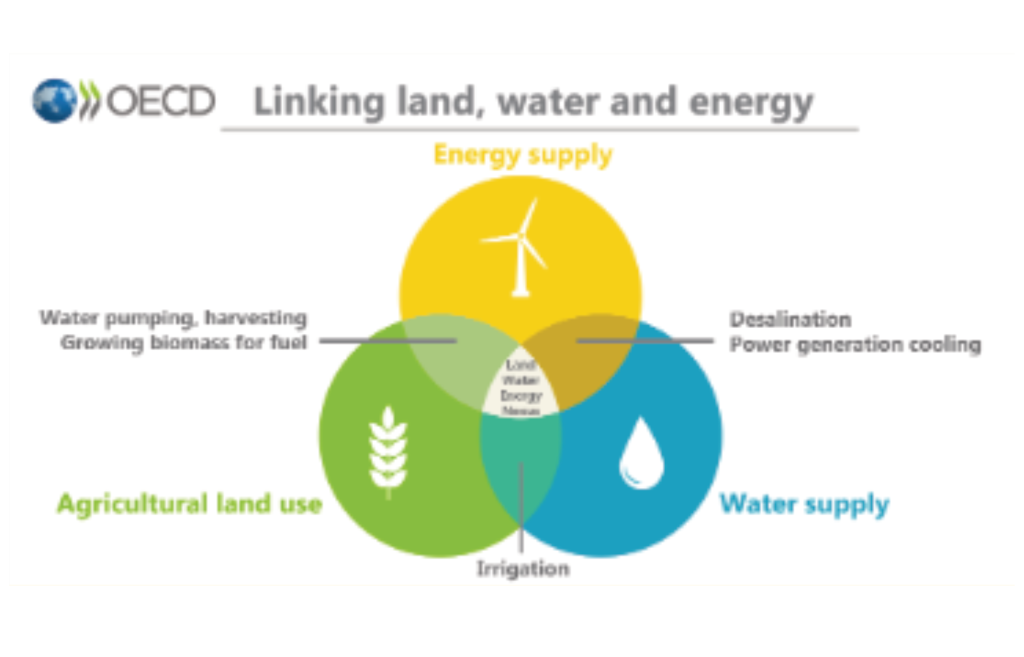Small Pacific Island countries need more attention.

(Source – Greg Vaughn Photography)
Have you heard of countries like Tonga, Palau, Solomon Islands, Tuvalu, and Kiribati?
“Oh, aren’t they those small island territories of the US, like Hawaii?”
No! They are INDEPENDENT small Pacific Island countries, which are also the official United Nations member states.
Among many fragile Global South countries, these small low-lying Pacific Island states in the Oceania region are extremely vulnerable to accelerating climate change events including sea level rise, and a series of environmental hazards have been undermining the sovereignty of the countries and their inhabitants. However, the names of these countries are not widely known. In addition, issues in the region usually receive less attention from the international community and they have been constantly neglected due to their small size in land, population, and economy.
On top of the climate change issues, small developing Pacific Island countries share many other common sustainability challenges including significantly limited land area, heavy dependence on aged thermal power plants and expensive imported fossil fuels, poor freshwater sources, and a high rate of diabetes due to dependency on unhealthy imported foods.
Take the Republic of the Marshall Islands as an example. The Marshall Islands is one of the low-resource independent countries in Oceania that consists of 29 coral atolls, more than 1,200 islands, a tiny land area of 181 km2, and a population of 42,000 with an average altitude above sea level being only 2 m. 98% of the country’s electricity is generated by fossil fuels, 90% of the country’s food supply is imported, and more than 70% of adults are considered obese. In addition, concerns about water scarcity have been rising due to repeated drought and seawater intrusion events.
The Pacific Island countries have long annual sunshine hours with high solar energy potential. However, conventional solar energy development approaches such as the installation of solar farms just for electricity production are not very suitable/feasible or hard to justify considering the countries’ confined land area. Also, big energy infrastructures like solar farms can usurp precious agricultural lands from people…
Agrivoltaics? Can it bring sustainable light to the small Pacific Island countries?

(Source – National Renewable Energy Laboratory)

(Source – pv magazine)
Meanwhile, agrivoltaics might be a crucial hint to the sustainable development of small developing Pacific Island countries, which comprehensively address the region’s energy, water, food, and land challenges mentioned above.
Agrivoltaics (agriculture + photovoltaic energy), also known as “solar sharing” is an agricultural development technique that develops one given land area for both solar power generation and crop production. The most common agrivoltaics implementation style is growing crops right under solar panels. It is a water and space-efficient system and is engineered in a way that crops and solar equipment positively influence each other.
Following are some of the benefits of agrivoltaics:
1. SPACE-EFFICIENT: Produces clean energy and crops simultaneously on one given land.
2. WATER-EFFICIENT: The solar panel shades protect crops from intense sunrays and prevent excessive evaporation – less irrigation input is needed.
3. EFFICIENT GROWTH OF CROPS: Maximizes yield of crops such as lettuce, which favors or has tolerance to shady environments. Also, under the shady environment created by solar panels, some crops tend to grow bigger because they try to escape from the shades and reach out for sunlight.
4. EFFICIENT ENERGY GENERATION: The cool microclimate under the solar panels created by crops constantly cools the solar equipment, minimizes the risk of overheating, and stabilizes the power generation efficiency.

Comparison of efficiency traditional farming versus agrivoltaics
(Source – Solar Photovoltaic Architecture and Agronomic Management in Agrivoltaic System: A Review)
Future prospects?
Agrivoltaics might sound like a magical ultimate solution for the small Pacific Island countries. However, it has several shortcomings. For example, it usually requires a high cost of initial investment and the installation and maintenance of the system can get complex for people without technical expertise.
Nevertheless, I believe that the interdisciplinary perspective of agrivoltaic technique, which considers the nexus between water, food, energy, and land systems, helps development practitioners and city/regional planners to critically reflect on the definition of sustainability and come up with innovative community-based solutions that appropriately adapt to local contexts and optimize resources.

(Source – Organisation for Economic Co-operation and Development)
References:
“ENERGY PROFILE – Marshall Islands.” International Renewable Energy Agency (IRENA), 24 Aug. 2022.
“Building the Evidence Base on the Agricultural Nutrition Nexus: Marshall Islands.” Technical Centre for Agricultural and Rural Cooperation (CIA). Mar. 2018.
“REPUBLIC OF THE MARSHALL ISLANDS FOOD SECURITY PROFILE.” Food and Agriculture Organization of the United Nations (FAO), 2022.
“Agrivoltaics: Coming Soon to a Farm Near You?” U.S. Department of Agriculture Climate Hubs, https://www.climatehubs.usda.gov/hubs/northeast/topic/agrivoltaics-coming-soon-farm-near-you.
Dreves, Harrison. “Growing Plants, Power, and Partnerships Through Agrivoltaics.” U.S. Department of Energy National Renewable Energy Laboratory, 18 Aug. 2022, https://www.nrel.gov/news/program/2022/growing-plants-power-and-partnerships.html.
Hall, Stephen. “Can Crops Grow Better under Solar Panels? Here’s All You Need to Know about ‘Agrivoltaic Farming.’” World Economic Forum, 26 July 2022, https://www.weforum.org/agenda/2022/07/agrivoltaic-farming-solar-energy/.
Abidin, Mohd, et al. “Solar Photovoltaic Architecture and Agronomic Management in Agrivoltaic System: A Review.” MDPI, 14 July 2021.
Amazing Shudo!
I was in a seminar the other day which touched on the need to have mixed land use. They claim that to power the US with energy fully derived from renewables, we would need to use a space about the size of California for generation purposes. This is a large space, we should be able to do more with it than just produce energy.
Also I could see this methos of energy generation benefiting many types of isolated agricultural groups. Super great work!
Hello,
This is a very interesting solution for addressing efficient energy and water use in countries with less land mass. I wonder if there are any larger countries integrating agrovoltaics into mainstream agricultural systems. Since it also allows agricultural to be grown more efficiently, I wonder if it can be a way to shift away from monoculture, despite the high up-front investment cost.
This was structured really well! I liked the way you described an issue and got me invested in a specific place and the concerns they have. If this is the lifestyle on this island, I can only imagine similar situations elsewhere. The way you then proposed a solution and its benefits and other potential cases of use was quite convincing. I am now interested in learning more about agrovoltaics and where they have been used successfully in the past!
Thank you for sharing this possible solution! It was a good reminder to me that there are innovations out there that could possibly help those who are disproportionally vulnerable to the effects of climate change. However, I do think that it’s not just enough to come up with solutions. Ultimately, it comes down to how these innovations can be used as tools in administrative decisions and choices (that really need to be made). I hope that inventions like this will inspire big changes and maybe more technologies pushing for a more sustainable future!
It’s a great reminder about who else in the global arena is vulnerable and an interesting take on what could be innovated. Would like to know what their agriculture practices are or even what a typical day would look like to see what other alternative energies would be feasible and wanted by the people.